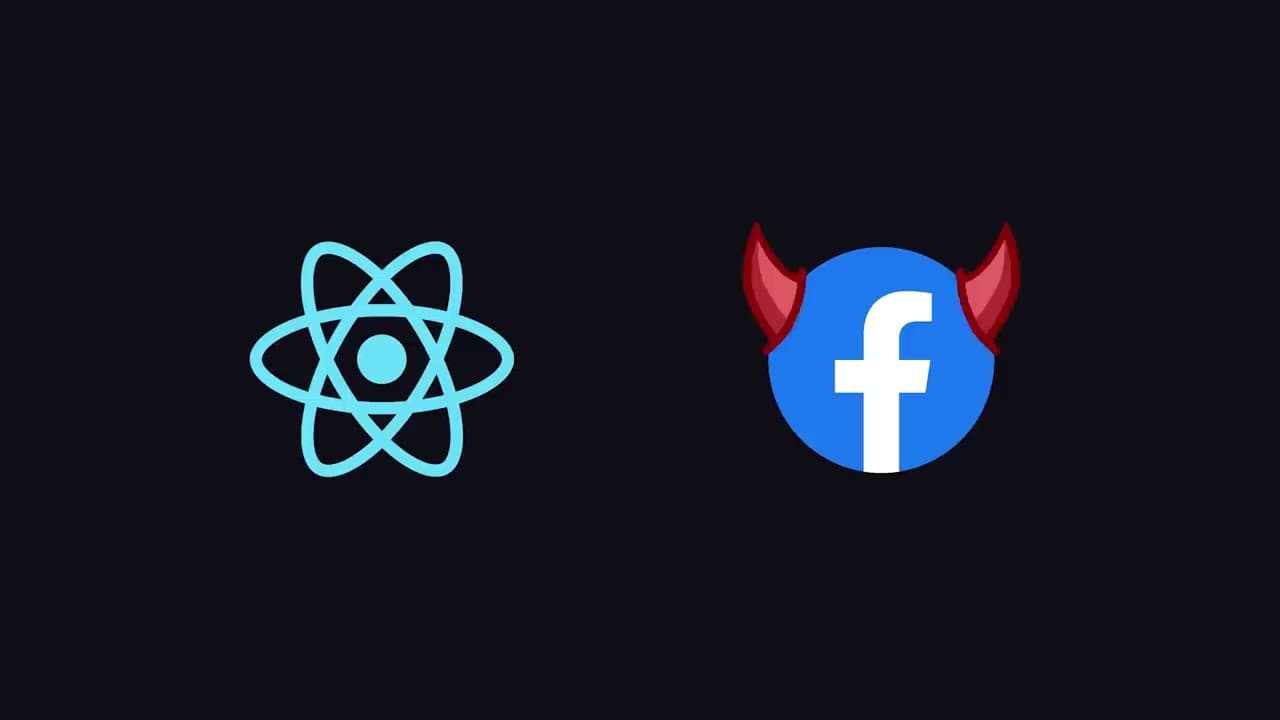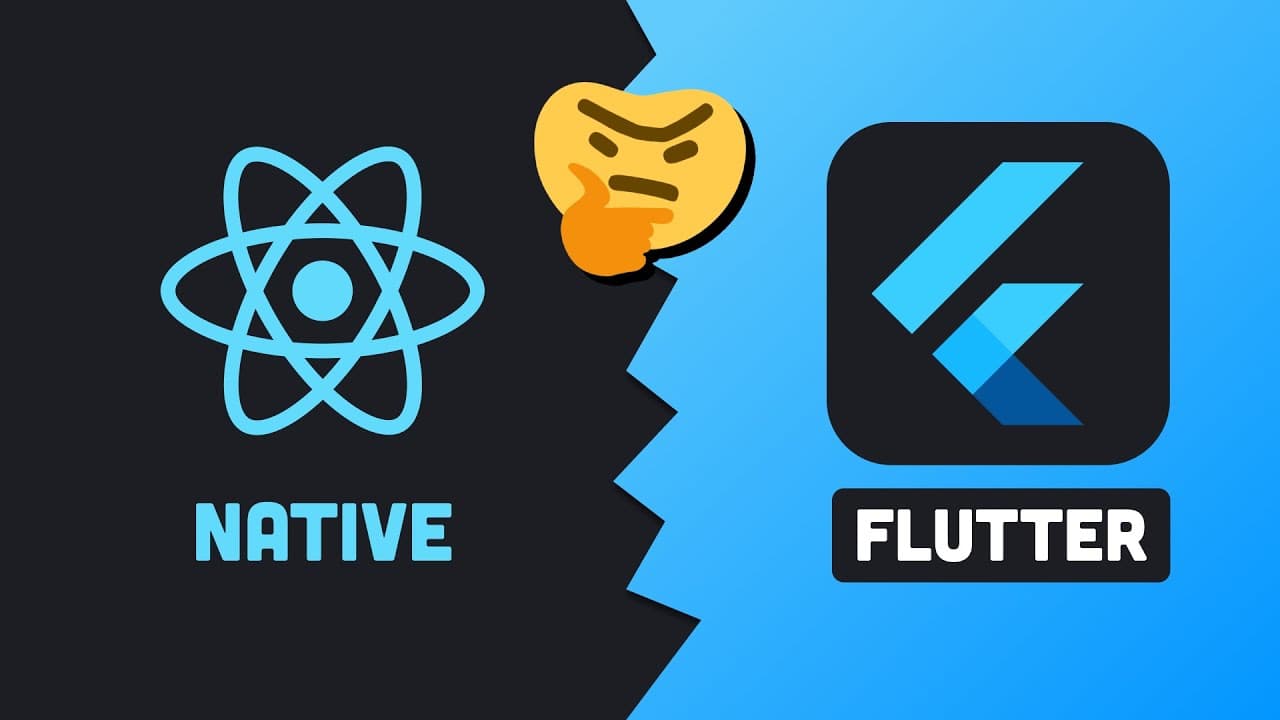Comparing Flutter and React Native: My Journey Building a Chat App
I never thought choosing a framework for cross-platform mobile apps could feel like a high-stakes battle, but as I pitted Google's Flutter against Facebook's React Native, I uncovered surprising differences that could shape any developer's next project.
TL;DR
I built a chat app with both frameworks, facing the challenge of picking the best for cross-platform development.
React Native uses familiar JavaScript, while Flutter's Dart language offers performance perks but requires learning a new syntax.
Ecosystems vary: React Native leans on third-party libraries, intriguing me with flexibility, whereas Flutter provides a vast built-in widget set for reliable results.
Tooling and setup differed, with Flutter's streamlined process easing my workflow, yet React Native's options sparked curiosity about customization.
Performance tests showed Flutter's edge in speed, hinting at better user experiences, but I wondered if it truly matters for most apps.
When I decided to build a cross-platform chat app, I knew I had to choose between two giants: Flutter from Google and React Native from Facebook. I aimed for the same goal—creating apps for iOS, Android, and the web from one codebase—but the paths diverged quickly. To find the best fit, I constructed the exact app twice, using Firebase as the backend, and dove into every aspect from features to code.

Starting with programming languages, I coded React Native apps in JavaScript, enhanced by React for the UI, and even added TypeScript for type safety. JavaScript felt comfortable, like an extension of web development, but I questioned if it was ideal for mobile since it wasn't originally designed for it. In contrast, Flutter used Dart, a language optimized for multi-platform compilation with ahead-of-time and just-in-time features, giving performance boosts, though I had to learn it from scratch—its syntax echoed TypeScript, making it easier if you're familiar with curly-brace languages.
The ecosystems were vast and active, both backed by major tech companies that have faced criticism. React Native, from Facebook, keeps things minimal, providing basic components and relying heavily on third-party dependencies for extras like camera access. This approach meant I installed several packages, which could lead to bloat, but it offered flexibility. Flutter, from Google, came with a comprehensive widget library and maintained plugins right out of the box, plus Dart's Pub package manager, so I had a huge array of open-source options without as much hassle.

Digging into architectures, React Native runs on separate threads for the app and business logic, connected by a bridge that passes messages, allowing true native components to render seamlessly. This made my UI look authentic on each platform. Flutter, however, uses its own C++ and Skia-based rendering engine to draw custom pixels, compiling directly to native code for pixel-perfect widgets and smooth graphics, almost like a game engine, though it includes platform channels for native interactions when needed.
For developer experience, setting up React Native involved running commands like npx react-native init, dealing with config files like Metro for hot reloading, and managing dependencies through npm. It felt very "Facebooky" with tools like Babel and Flow, but the array of options, from Expo to Ignite CLI, sometimes led to decision fatigue. Switching to Flutter, I used flutter create, which was faster and simpler, and the VS Code extension handled packages automatically via pubspec.yaml. Hot reloading worked well in both, but Flutter's type system caught errors early, making coding more reliable with features like null safety.

Both frameworks build UIs as trees of components or widgets, inspired by React, but Flutter uses classes with build methods, which I found less intuitive for refactoring compared to React's functional components. In React Native, I often had to tweak base components or add libraries for specific needs, like animations, since not all web React libraries work here. With Flutter, I dealt with deeply nested widgets, which could get messy, but its tooling helped reposition them easily.
Finally, on performance, benchmarks showed Flutter generally outpaces React Native by compiling directly to machine code without a bridge, often hitting 60 frames per second. In my tests, it felt snappier, but I realized for most apps, these differences might not be noticeable to users. Ultimately, what mattered most was creating a great experience and enjoying the process.
Reflecting on this comparison, I've gained a deeper appreciation for how framework choices can align with personal workflows and project needs, potentially influencing future trends in mobile development. While both tools empower efficient cross-platform building, the decision boils down to balancing familiarity with innovation for the best results.
Key Takeaways
React Native excels with JavaScript familiarity and flexibility, but relies on third-party libraries for full features.
Flutter offers superior performance and a built-in widget set, though it requires learning Dart for optimal use.
Setup and tooling in Flutter are streamlined, reducing errors, while React Native provides more customization options.
Both frameworks deliver native-like UIs, but Flutter's rendering engine may provide a speed advantage in demanding apps.

